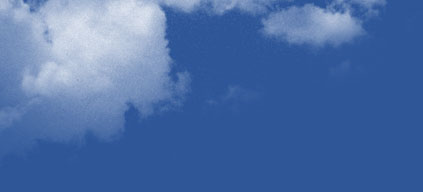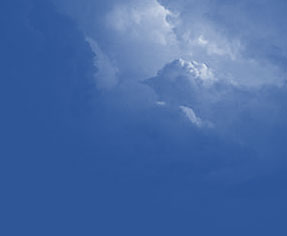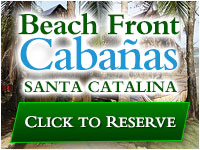Coiba: A Hope Spot
By Shelby Lewis. July, 2014
Did you know that ninety-seven percent of land in the Galapagos Islands in Ecuador is protected environmentally, but their ocean is being ravished by fishermen? Unsustainable fishing and shark finning has eliminated ninety percent of sharks in some marine ecosystems. In the last fifty years people have consumed over ninety percent of big fish, and one half of the coral reefs have disappeared due to lack of marine protection.
Sylvia Earle (@SylviaEarle) created the non-profit organization, Mission Blue in hopes to ignite support for a global network of marine-protected areas, hope spots, large enough to save and restore the ocean, the blue heart of the planet. Before Mission Blue began in 2009, less than one percent of the ocean was protected. Today, over two percent of the ocean is protected.
Recently, Isla Coiba, Panama was declared a hope spot by Mission Blue. Their goals for Isla Coiba are to create an irreplaceable and essential ecosystem and lasting conservation, support the research community working with the Smithsonian Tropical Research Institute in Coiba, and encourage increased protection and enforcement of the Coiba National Park.
Isla Coiba is a group of thirty-eight islands on the southwest coast of Panama. Isla Coiba has survived eighty percent untouched because of the limited human access due to the penal colony that lasted until 2004. This allowed for the island’s natural resources to flourish. Isla Coiba is a part of the same currents that flow from Ecuador’s Galapagos Islands, to Costa Rica’s Cocos Islands. Isla Coiba has exceptionally diverse land and water. Coiba was declared the biggest island in Central America and the largest island in Latin America to be uninhabited.
Mission Blue embarked on an expedition with the Smithsonian Tropical Research Institute, Shannon and Billy Joy, Code Blue, Sylvia Earle Alliance, a team of scientists, and conservation leaders and dive professionals in Coiba to help better understand the complex ecosystem. This group used dive gear and deep sea submersibles to explore Hannibal Bank, Coiba - 50 meters – 300 meters (150 feet – 900 feet). During another expedition, they tagged 15 whale sharks and 74 white tip sharks with radio transmitters. Zero hammerhead sharks were tagged because of the decrease in recent years due to fishing. Galapagos sharks and silky sharks are slowly making their comeback in Coiba, gradually recovering from over-fishing.
Learn more: The Mission Blue Hope Spots
Although Isla Coiba is still subject to poaching, efforts have been made to protect and decrease poaching since 2005 when Isla Coiba was declared a UNESCO World Heritage Site and a Special Zone of Marine Protection. The marine reserves have helped bring back sharks to Coiba. In Coiba there are 800 species of fish, 33 species of sharks, and 20 species of cetaceans.
The Smithsonian Tropical Research Institute has played a huge roll in Panama with their continued research for 100 years. In a recent research project in Isla Coiba, forty five new chemicals were extracted from coral, sponges, fungi, and bacteria that showed a great promise to cure cancer and other tropical diseases. New discoveries and new animals and species are being found daily in Isla Coiba.
It is these reasons that make Isla Coiba, Panama such a rare gem, and a hope spot for the world. This is why we must strive to keep our oceans clean and help eliminate poaching and overfishing. As Sylvia Earle once said, “I hope for your help to explore and protect the wild ocean in ways that will restore health and, in so doing, secure hope for humankind. Health to the ocean is health to us.”
Watch now: Sylvia Earle: How to protect the oceans (TED talk)
Read more: The Smithsonian’s expedition to Hannibal Bank, Smithsonian social media: @stri_panama
For more information, please contact info@coibanationalpark.com.





